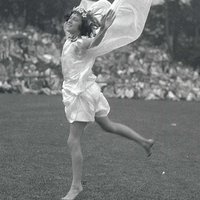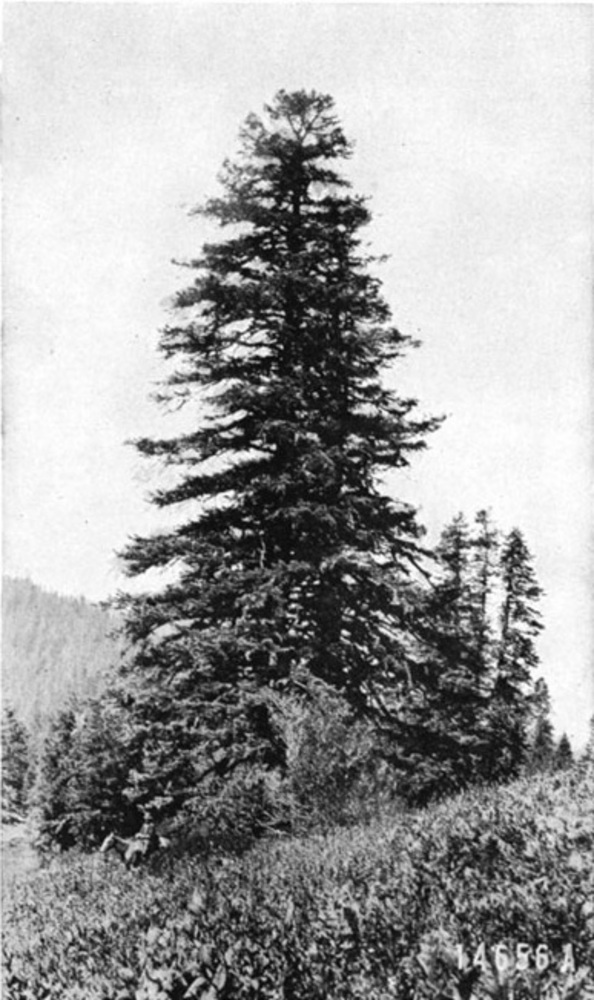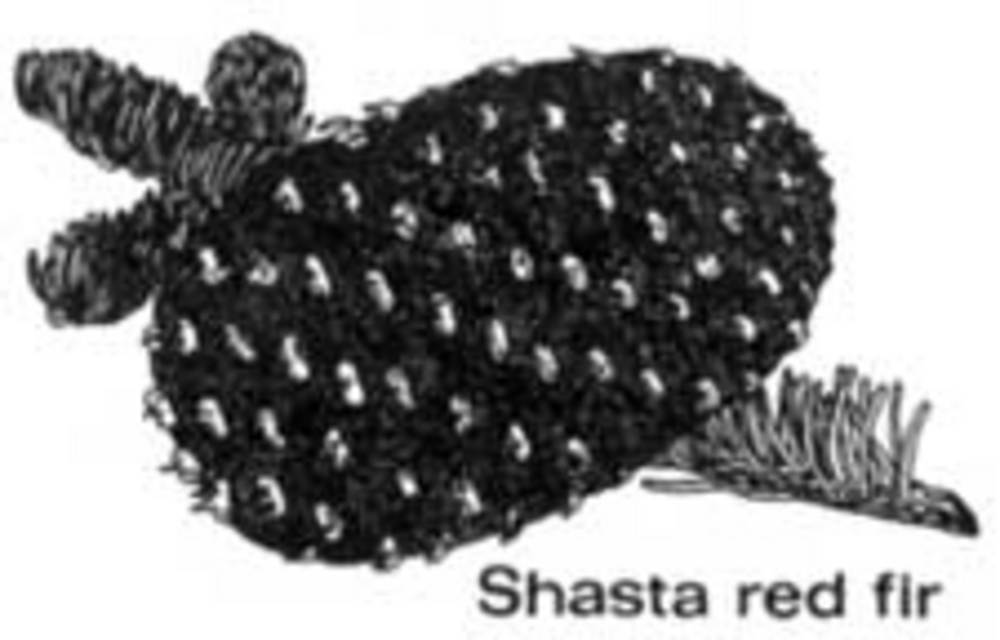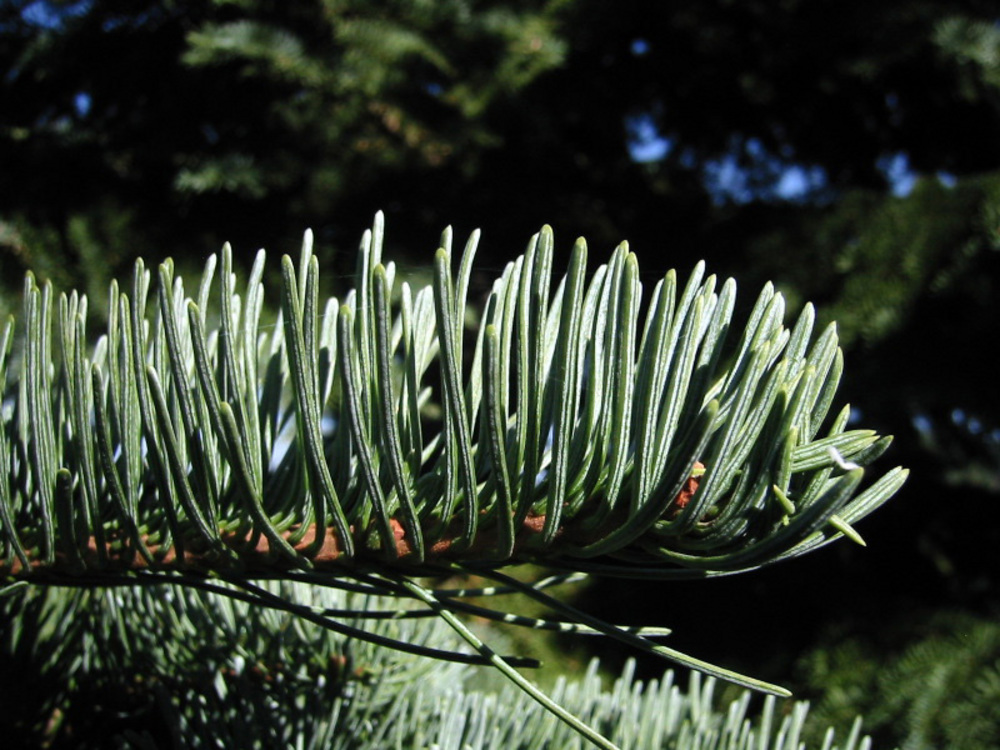The Shasta fir (Abies magnifica var. shastensis), or silvertip, in southwest Oregon and northwest California has been a source of confusion because of its similarities to the California red fir (Abies magnifica var. magnifica) and the noble fir (Abies procera). Botanists and foresters have long debated the taxonomic status of the tree. Nomenclature botanists have considered the tree a California red fir since its naming by J.G. Lemon in 1890.
Based on recent research using chloroplast DNA, however, it is clear that the tree is the product of vast and complicated series of hybridizations between noble fir and California red fir. Shasta fir is no more a California red fir or a noble fir than a mule is a horse or a donkey. The Oregon Flora Project refers to Shasta fir as Abies procera x magnifica in recognition of its hybrid state.
Trees with the characteristics of Shasta fir are distributed at higher elevations from Mount Lassen north as far as Mackenzie Pass in Oregon. They grow in the cool moist higher elevation forests above 4,500 feet. Like its presumed parents, the Shasta fir is relatively shade intolerant but may be more resistant to fire than the noble fir.
The young silvertip is a highly desired Christmas tree because of its attractive form and color and its ability to keep its needles. It is a desirable timber tree because of the quality of its wood.
-
![Shasta fir.]()
Shasta fir, b & w.
Shasta fir. Courtesy U.S. National Park Service
-
![Shasta fir cone.]()
Shasta fir, cone of, sketch.
Shasta fir cone. Courtesy U.S. Forest Service, Klamath National Forest
-
![Shasta fir.]()
Shasta fir, needles of, detail.
Shasta fir. Photo by Walter Siegmund, Wikimedia Commons
Further Reading
Arno, S. F. and R. P. Hammerly. Northwest Trees: Identifying and Understanding Our Native Trees (revised ed). Seattle: Mountaineers, 2007.
Hunt, R. S. "Abies," in Flora of North America North of Mexico, vol. 2. New York: Oxford University Press, 1993.
Oline, D. K. “Geographic Variation in Chloroplast Haplotypes in the California Red Fir-Noble Fir Complex and the Status of Shasta Red Fir.” Canadian Journal of Forest Research 38 (2008): 2705-2710.
Parker, E. L. "The Geographic Overlap of Noble and Red Fir." Forest Science 9 (1963): 207-216.





